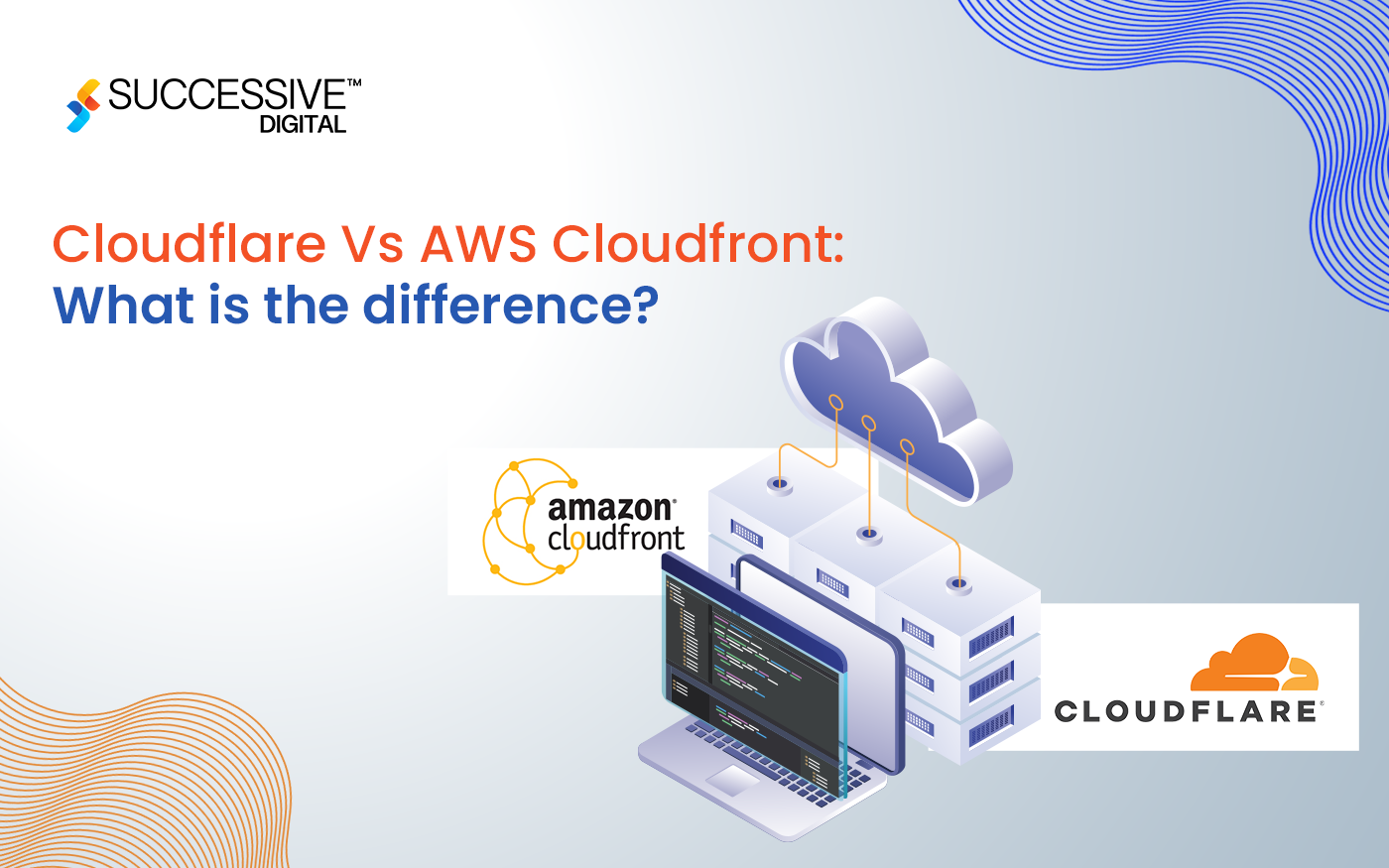Cloud computing has emerged as the cornerstone of the present IT infrastructure revolution, essentially transforming operations and service delivery mechanisms for businesses worldwide. Adopting cloud solutions has become vital as organizations strive to stay aggressive and adapt to an increasingly interconnected digital era. However, what are the different deployment models in cloud computing necessitate a nuanced knowledge strategic decision-making process.
Deployment models in the cloud govern the provisioning, control, and accessibility of cloud resources, significantly influencing the structure and capability of cloud-based solutions. Each deployment version offers advantages and concerns, tailor-made to address the numerous needs and possibilities of businesses throughout multiple industries.
From the ubiquitous availability of public clouds to the improved management and protection extended by personal clouds and the flexibility of hybrid and multi-cloud environments, the era of cloud computing gives numerous deployment options for businesses to explore. Understanding these deployment models is about acknowledging their existence and being prepared to choose the most suitable model that aligns with the enterprise’s specific requirements and objectives. This blog explores the intricacies of cloud computing deployment models, dissecting their characteristics, benefits, and real-world applications.
Cloud Computing Deployment Models
-
Public Cloud
The public cloud deployment models in the cloud, a cornerstone of cloud computing, provide accessible and scalable resources hosted by third-party vendors over the Internet. Renowned for their affordability and versatility, public cloud services operate on a pay-as-you-go model, allowing businesses to scale resources seamlessly based totally on call. Shared infrastructure benefits from price optimization, although some security challenges may arise because of multi-vendor environments. Leading companies like Amazon Web Services (AWS), Microsoft Azure, and Google Cloud Platform (GCP) dominate the public cloud market, imparting many services and global data center locations. The public cloud empowers brands with agility, innovation, and cost-effectiveness in their digital transformation journey.
-
Private Cloud
Private cloud, a stalwart deployment model in cloud computing, offers a committed infrastructure for single organizations, either on-premises or through third-party companies. Renowned for their better security and management, private cloud environments provide customizable solutions that are tailor-made to meet stringent regulatory and compliance requirements. With predictable overall performance and scalability, businesses retain complete autonomy over sources and architecture. Private cloud solutions like VMware Cloud Foundation and Microsoft Azure Stack empower businesses with robust infrastructure for mission-critical workloads and sensitive data. While requiring better initial investment, the private cloud can provide unparalleled privacy, governance, and reliability, making it ideal for industries with strict regulatory mandates and data sovereignty concerns.
-
Hybrid Cloud
The hybrid deployment model in cloud computing, a fusion of public and private cloud environments, gives businesses the best of both worlds. Companies can seamlessly orchestrate workloads across on-premises infrastructure and public cloud systems based on performance, security, and cost considerations with a hybrid cloud. This flexibility allows businesses to optimize resource utilization, scale dynamically, and preserve sensitive data on-premises, even leveraging the scalability of the public cloud for non-sensitive workloads. By integrating technology like containerization and orchestration tools, which include Kubernetes, hybrid cloud environments facilitate workload mobility and ensure seamless operations throughout heterogeneous infrastructures. Embracing a hybrid cloud deployment model helps agencies with agility, resilience, and price performance in their digital transformation initiatives.
-
Multi-Cloud
Multi-cloud, an advanced deployment model in cloud computing, involves leveraging services from multiple cloud providers to diversify risk, optimize overall performance, and avoid dealer lock-in. With a multi-cloud model, businesses can cherry-pick the best services from various vendors to fit workload necessities. This strategy enhances redundancy and resilience by dispensing workloads throughout multi-cloud structures and geographic regions. However, a multi-cloud environment introduces governance complexity, safety, and cost optimization. By implementing robust control and orchestration tools, businesses can streamline operations and maximize multi-cloud architecture’s advantages, flexibility, scalability, and innovation throughout their digital ecosystem.
Conclusion
Deployment models in cloud computing shape organizations’ IT techniques and infrastructure. With expertise in the nuances of public, personal, hybrid, and multi-cloud environments, businesses could make informed decisions that align with their specific requirements and targets. Whether prioritizing scalability, safety, or cost-efficiency, each deployment model gives multiple advantages and challenges. Using cloud computing allows brands to drive innovation, agility, and cost-effectiveness. By harnessing the entire capability of cloud computing solutions, companies can navigate the complexities of digital transformation with self-assurance, positioning themselves for sustained growth and competitiveness.












